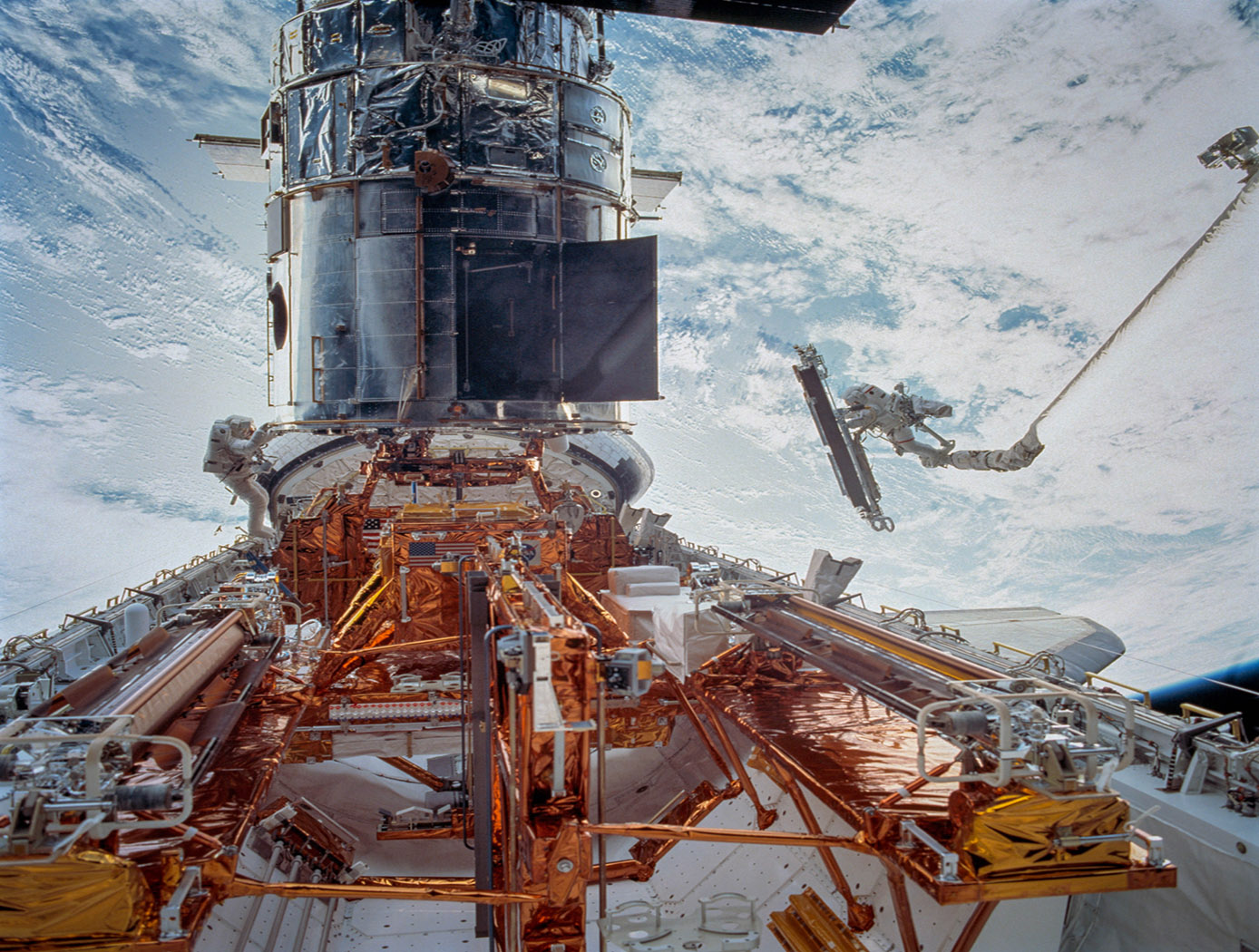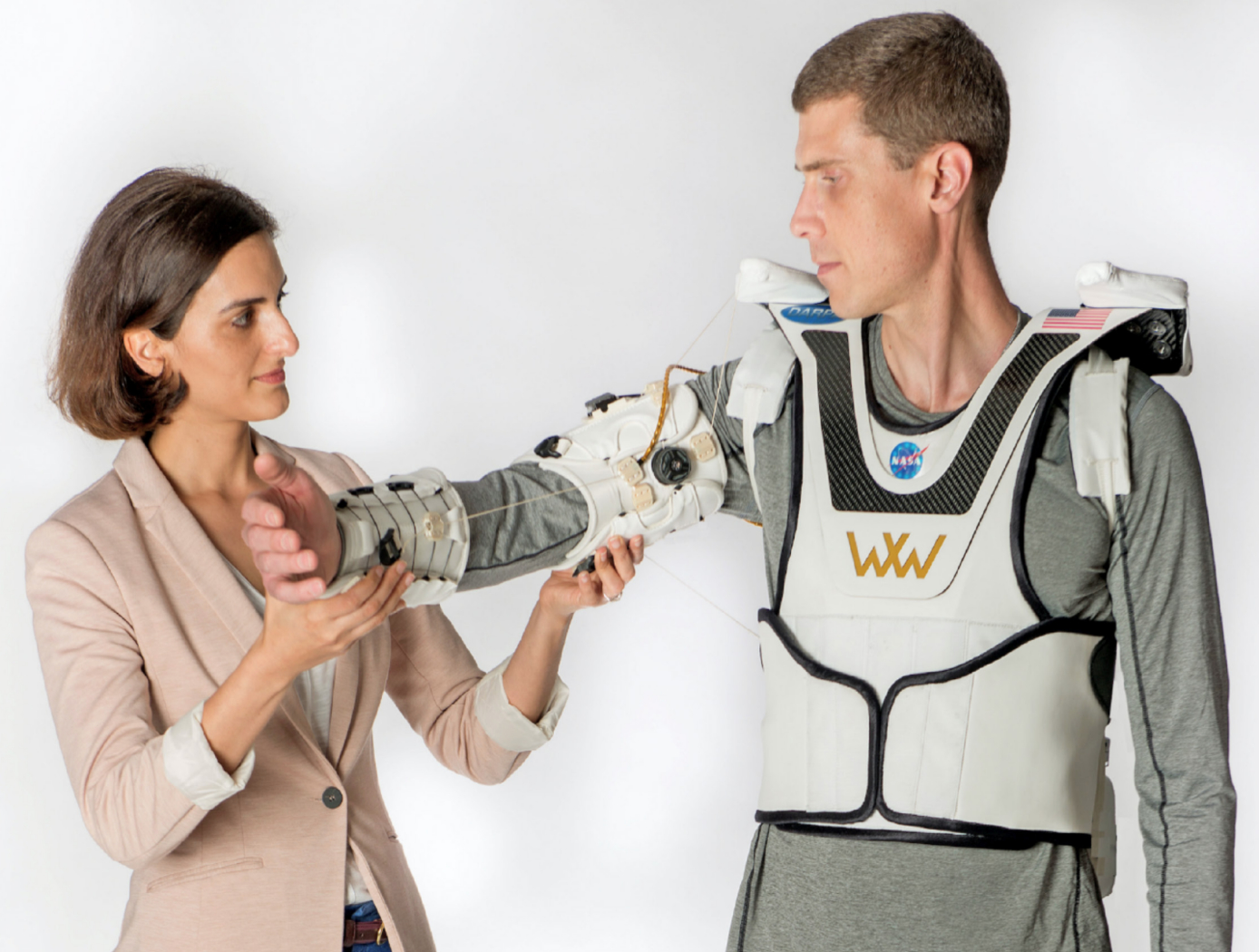Whether in the deep sea, on land, or outer space, robotics automation and control technologies allow for fine-tuned servicing, control modification, and increased user convenience. Robotics, automation, and control applications can be seen in many industries and help save time, money, and energy. In doing so, these technologies increase effectiveness and efficiency. The following are a few examples of NASA robotics automation and control technologies that increase efficiency and effectiveness across a variety of applications.
NASA Technology Available for Licensing
Durability and Versatility in Connection Through  Robot-Driven Blind Mate Interface
Robot-Driven Blind Mate Interface
In various assembly or servicing tasks, robot operations will involve connecting modules, tools, or hardware. NASA has developed a Robot-Driven Blind-Mate Interface that can simultaneously make electrical, fluid, and structural connections. These can all be done in a single motion through the mate and de-mate forces that are balanced throughout the mechanism. The technology is operable in harsh environments and allows for connection in a variety of tasks without human intervention. It has great potential for use in space robotic repairs, deep-sea robotic repairs, and hydraulic machinery.
Comfortable, Portable Robotic Garment Provides Motor Rehabilitation

Imagine “plug and play” motor rehabilitation: that’s what NASA has in its Upper Body Robotic Exoskeleton. Developed by innovators at the NASA Johnson Space Center (JSC), the soft upper limb exoskeleton is worn as a garment on the upper limbs and torso and controls the shoulder and elbow actively, both in positioning and commanding the limb through desired motions. The resistance applied at the joint is customizable and allows for user comfort through load distribution around the torso to eliminate pressure points.
This garment sees applications in motor rehabilitation for patients with neurological impairments, assistance with activities for daily living, enhancing human strength and reducing muscle fatigue for industrial and military applications, and providing astronauts with additional power to accomplish safer and more efficient spacewalks.
Optimal Control Modification Improves Tracking, Mapping, and Adaptation
Using a blend of optimal control and adaptive control law, NASA has patented a new technology for improving stability, tracking, mapping, and faster adaptation, all without compromising robustness. Further, users also can adjust control gains online. Optical Control Modification has been through numerous validation processes ranging from aircraft flight simulations to an Advanced Concept Flight Simulator at NASA Ames. Optimal Control Modification can be applied in aerospace engineering, aircraft manufacturing, flight simulators, aviation, control systems, and aircraft.
These are just a few examples of NASA technologies available for licensing. To browse NASA’s entire portfolio, please click here.
Follow us on LinkedIn, Twitter, and Facebook to stay up-to-date on all our latest technology offerings.


